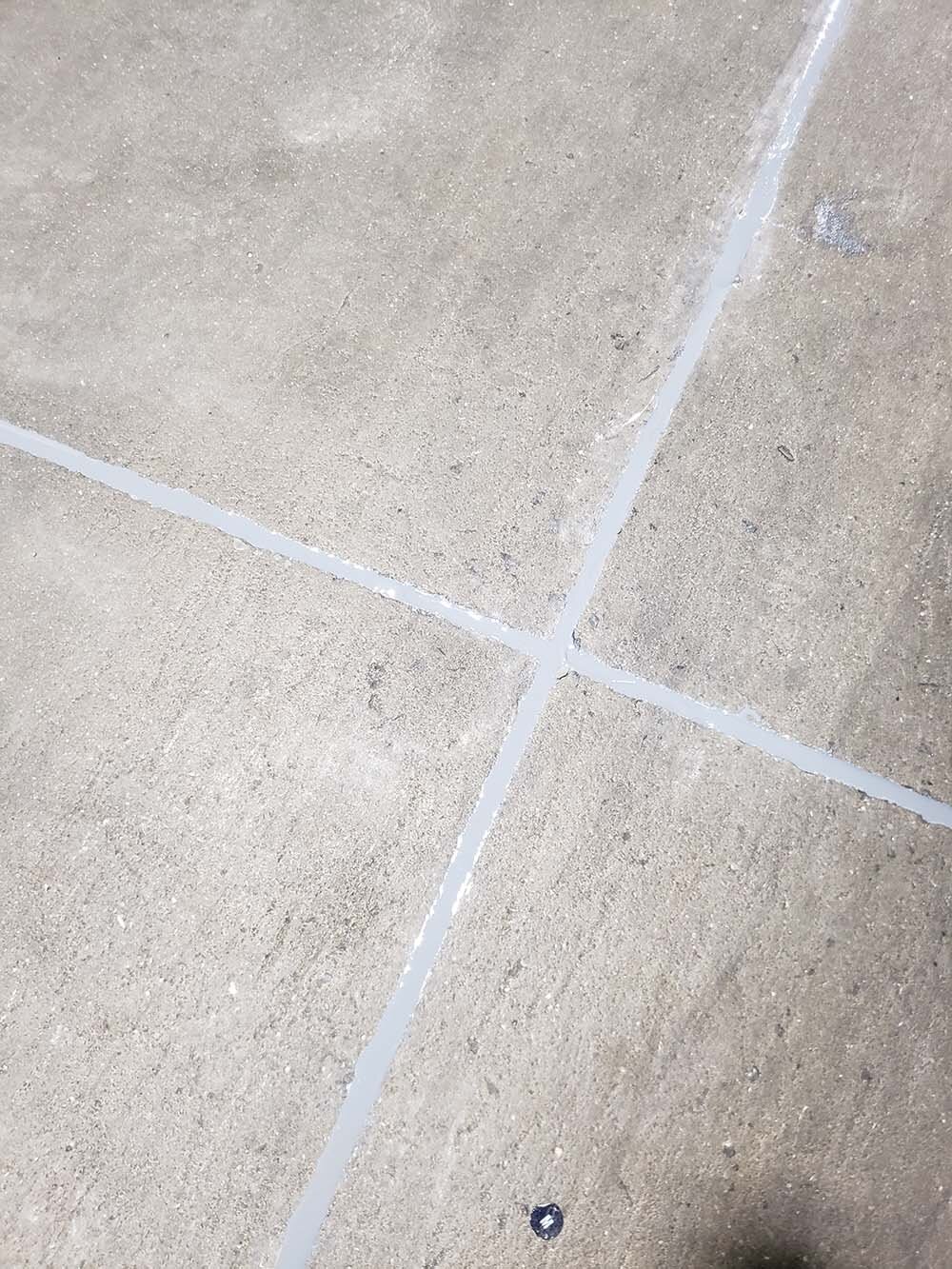The Importance of Good Concrete Joint Stabilization
Stable concrete joints are more important than you might realize. All concrete surfaces, from busy highway roads to concrete basement floors and everything in between, need the same underlying element to maintain their long-term durability— knowledgeably-designed joints. For residential and commercial purposes alike, joints are essential to minimize cracking and “joint spalling,” which is the early deterioration of concrete slab edges. They’re important to both home and business owners for many reasons. They even frequently enter the discussion between a realtor and his or her client, since stable, filled concrete joints indicate a well-maintained investment and can be a key selling factor. Read on to find out more about the importance of filling joints, what causes them to crack or the concrete around them to spall in the first place, and helpful information about their maintenance.
What makes filling concrete joints so vital to high-performance concrete flatwork?
First, a filled joint improves the appearance of your concrete. Unfilled joints can be an eyesore and covering them up with strategically placed rugs or potted plants is a hassle at best. In the context of commercial settings, unfilled concrete joints can make it difficult and sometimes hazardous to move equipment or even just to walk on. So, safety is another important factor. Having your concrete joints filled increases the life of your concrete and consequently saves you from having to shell out money to repair it more often. In the long run, it’s better for your pocketbook, as well.
Why do joints crack and concrete spall?
The main factor that causes expansion joints to crack and concrete to spall is temperature. The cycle of hot and cold weather creates the expansion and contraction that cause wear and tear and the pressure that results in cracks. By employing a professional concrete company, you’ll benefit from their knowledgeable inclusion of expansion joints at properly spaced intervals. Professionals also understand which concrete mix formulas to use. Not only will they calculate the precise distance between joints based on the average fluctuation in temperature that the concrete will experience; they’ll also know what percentage of corrosive additives, such as calcium, should be added to the concrete mix for your specific job.
What do I need to know about maintenance?
When the concrete around your joints disintegrates prematurely, this is called pavement joint deterioration. Providing the ability to prevent this and ensure the longevity of your concrete are two sources—1.) The degree to which quality workmanship was applied to install your joints and 2.) The measure of your personal investment in maintaining them. We've talked about how a professional concrete company can provide value that contributes to the length of your concrete's lifespan. But you can contribute by doing three main things on your end. First, keep it clean. Debris can act like a sponge for moisture. Second: always remove standing water from your expansion joints so it doesn’t find its way under the joints and slabs. Finally, any weeds or plants growing in your expansion joints should be pulled immediately.
Of course, maintenance is an important factor when it comes to keeping your concrete joints in good repair, but over time, deterioration might occur anyways. If it does, you’ll want to call Level Best for joint stabilization. Our polyurethane injection process is quick, easy, and inexpensive when compared with the cost of tearing out and replacing your damaged and uneven concrete. With years of experience in concrete leveling, we’re your local experts. Call us at (330) 810-2422 or visit our website to schedule your free estimate today.


